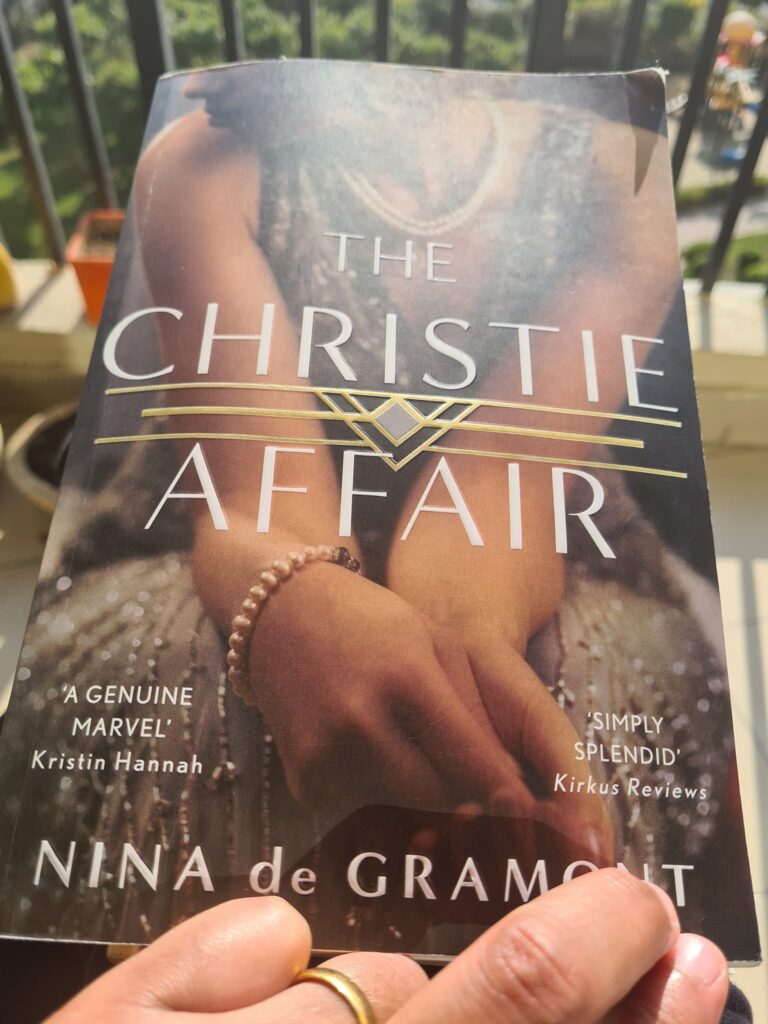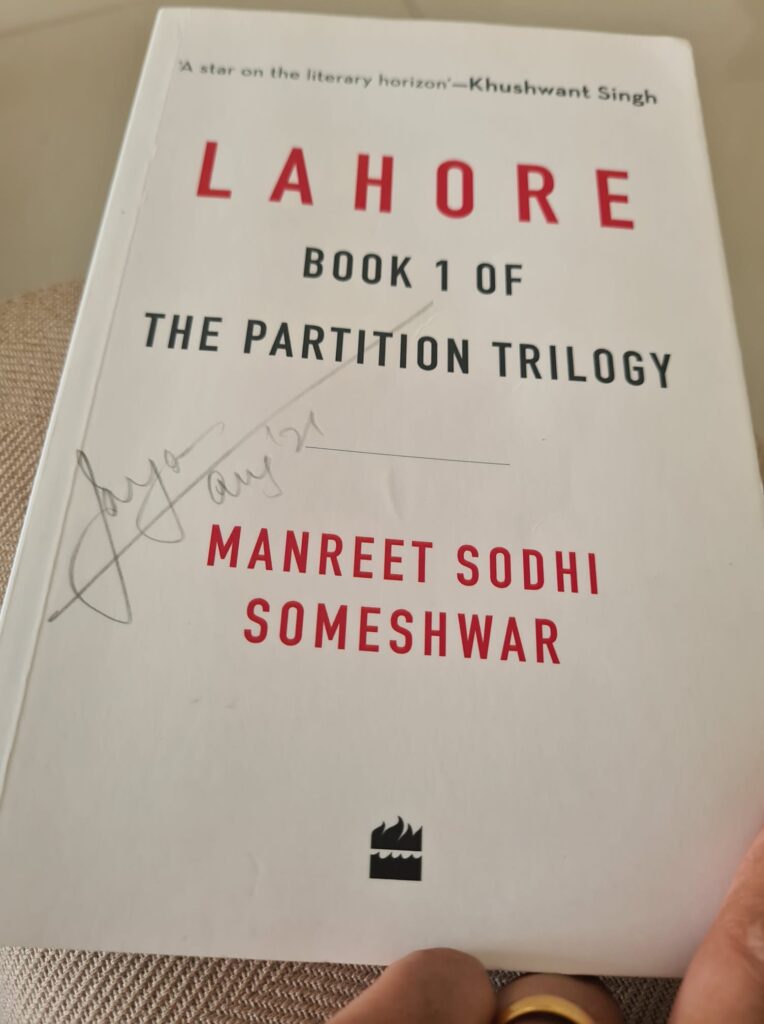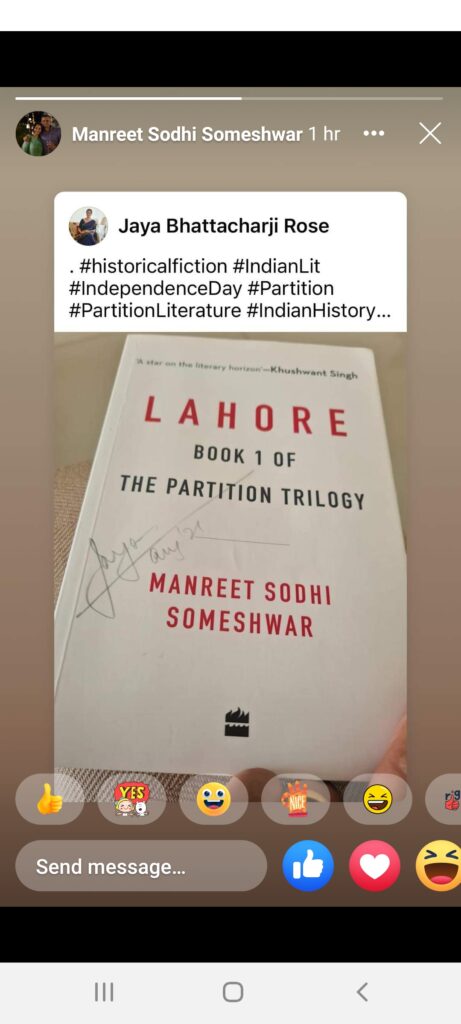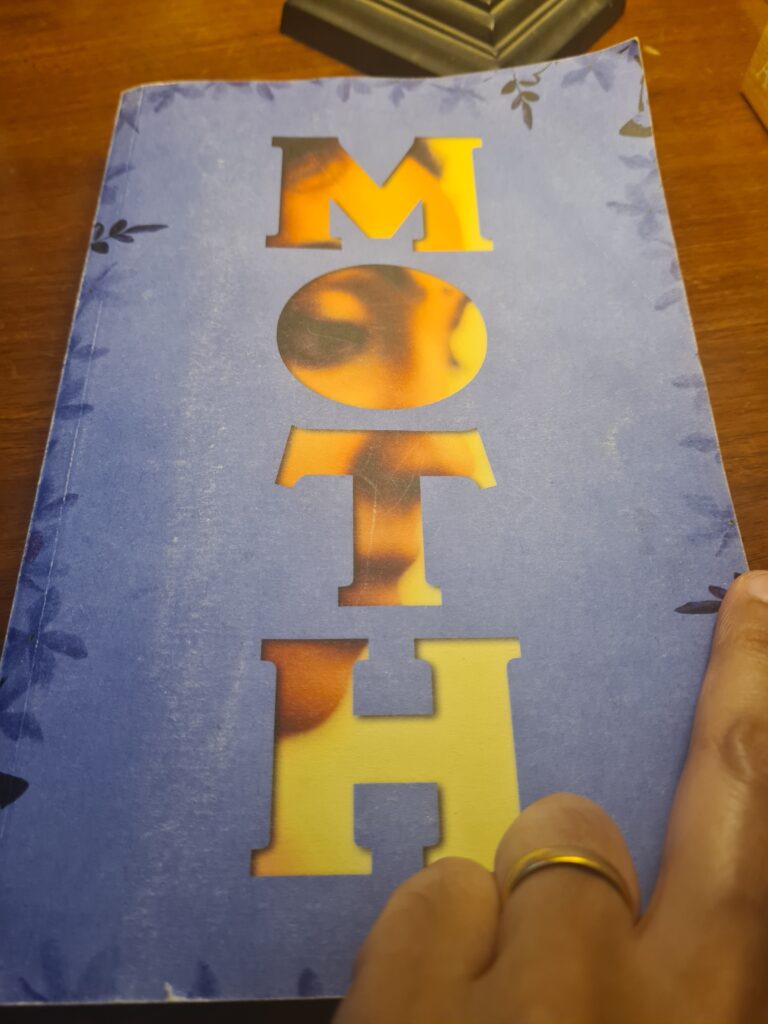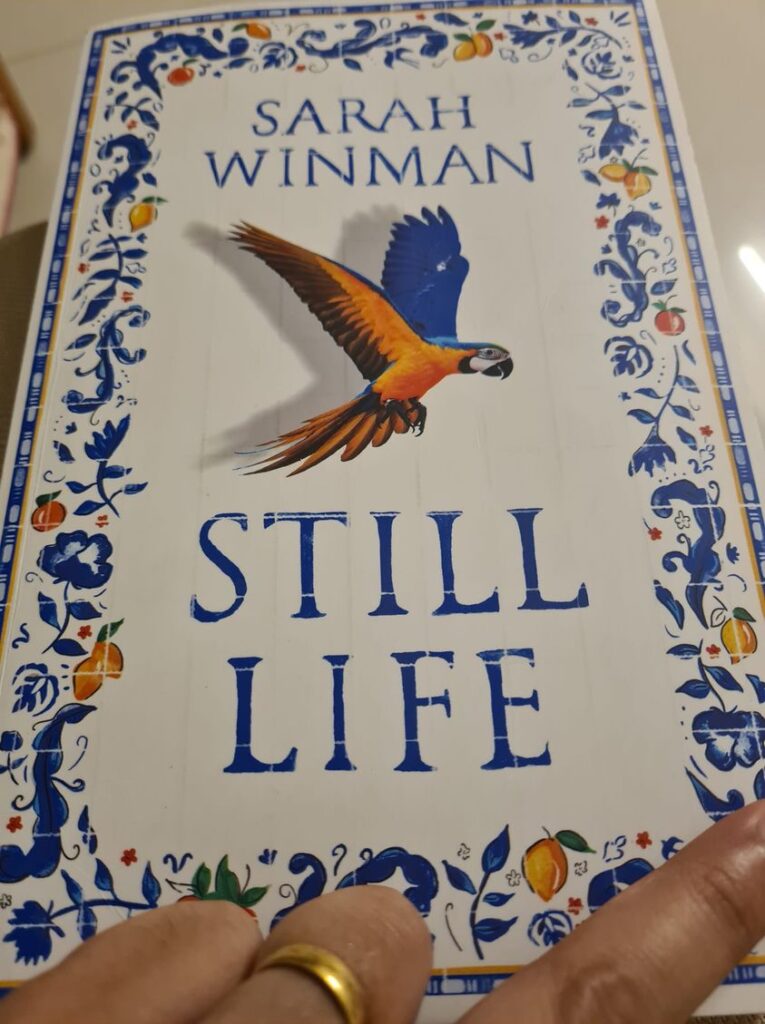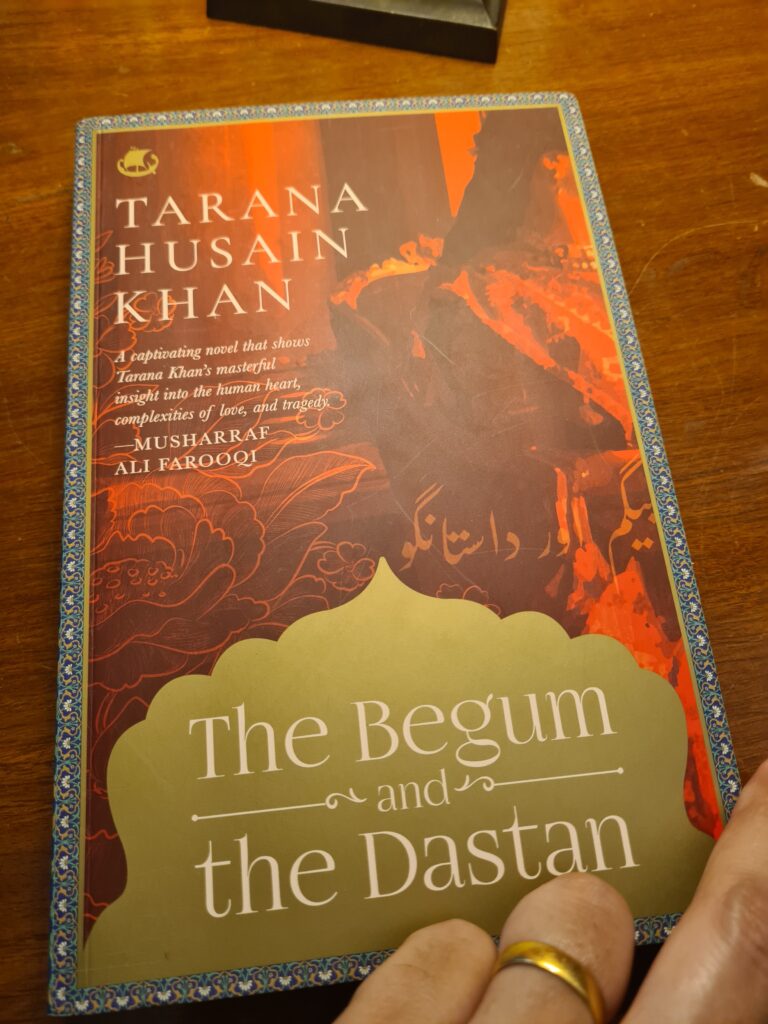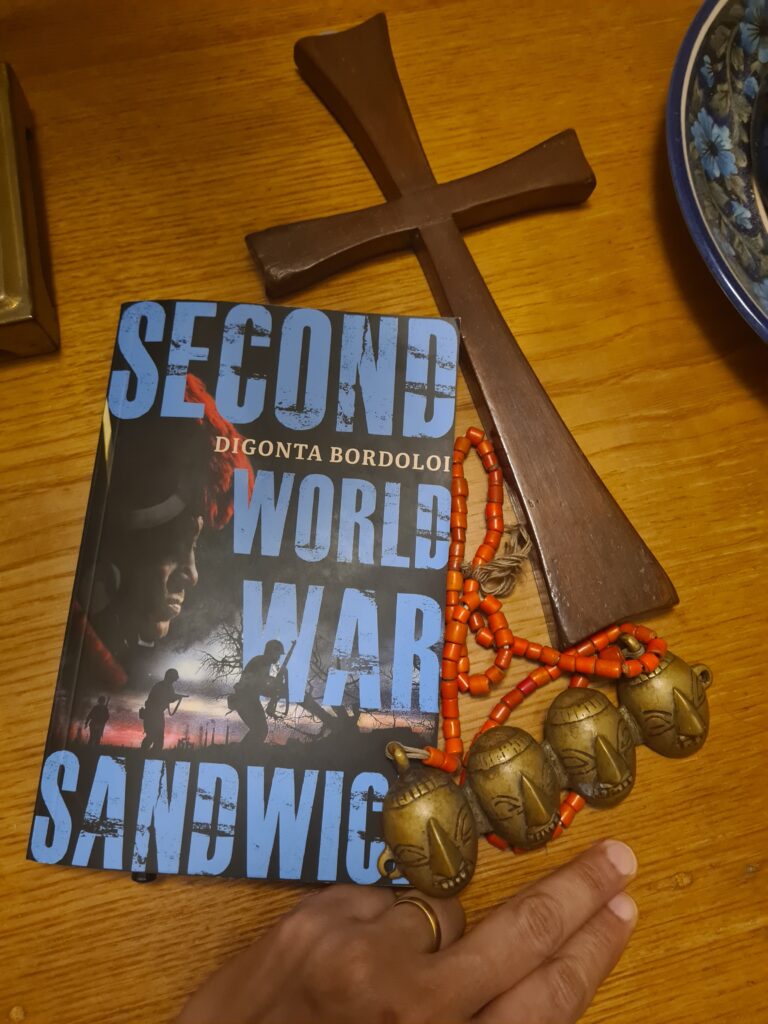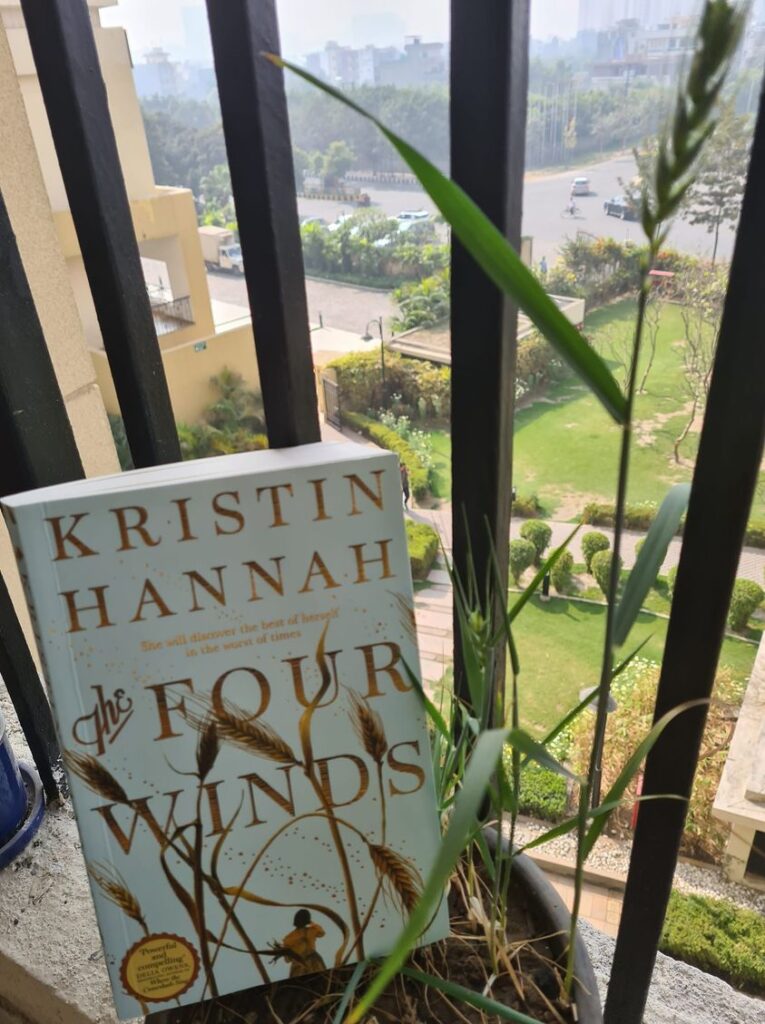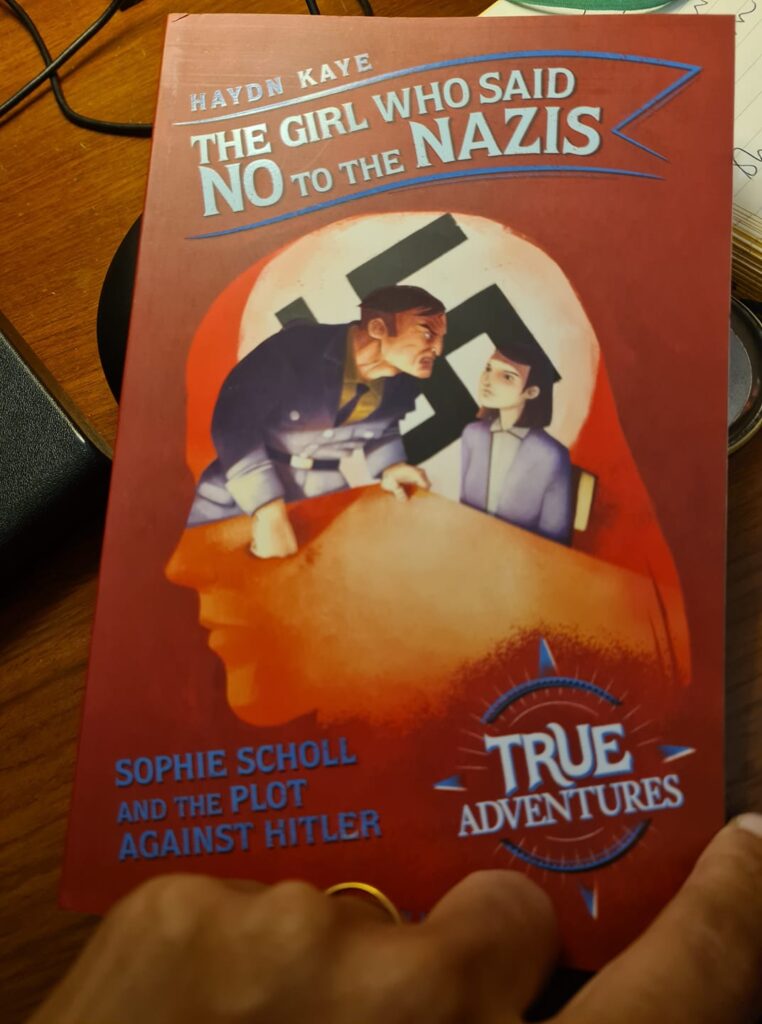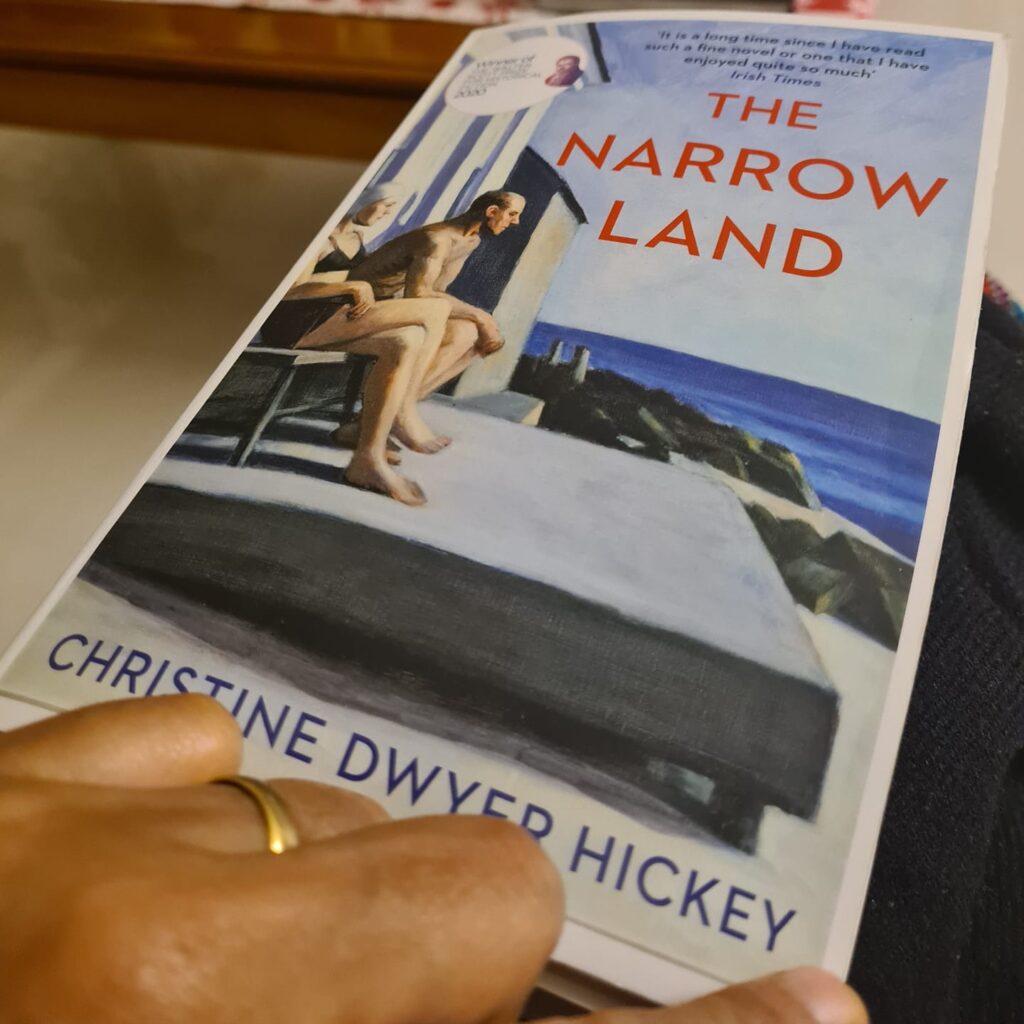Aleksander Hemon’s “The World and All That It Holds”
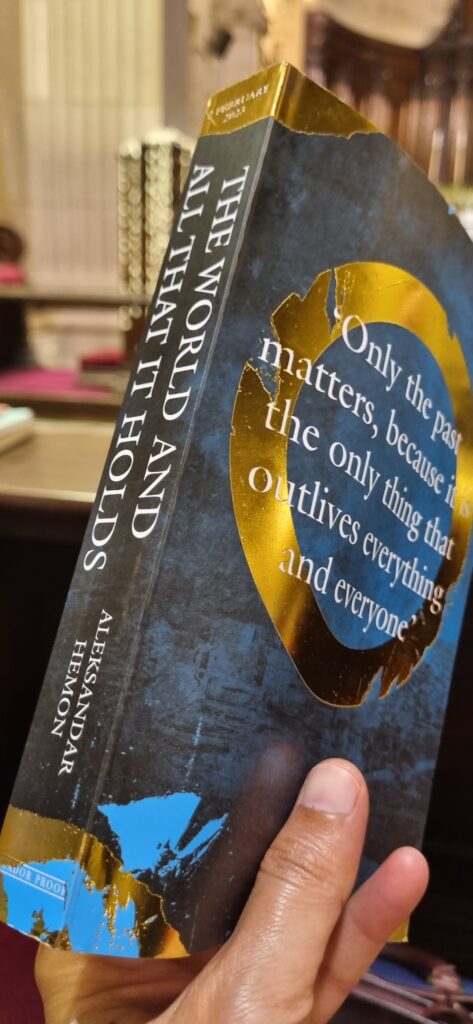
My Padri Avram used to say that Heaven is a revolving wheel, Pinto said. Even if you never move from your place, everything around you will change, and the world and all that it holds will be the same and not the same. We could stay right here and just watch the wheel turn. But if we move, if we keep moving, everything will always be only different, and we will never be the same. There had to have been a world where no one was ever at home, where everyone was always going from one place to another. The Lord must’ve destroyed such a world and with relish too — for what kind of a place would’ve been a world consisting only of strangers? There would’ve been no righteous ones there, nonthing and nobody older than a day. The people in that world could never be still long enough to see anything. Everything in such a world would’ve been dimmed by incomprehension.
I have no idea what you’re talking about, Isak Abramovich said, his gaze still stuck to the firmament.
See what I have to live with? Osman chuckled and kissed Pinto’s forehead.
Just love each other whatever the world you think you might be in, Isak Abramovich said. There is nothing else you can do. And who knows, maybe all this insanity will produce a better world, where everyone could love whoever they want. Stranger things have happened.
p.103
Aleksander Hemon’s The World and All That It Holds ( Picador) is the classic family novel formula with a difference. The norm in literary fiction is to have a family novel spanning three to four generations, ideally set at the beginning of the twentieth century or in the world wars. The author employs various literary techniques to make it accessible to a modern reader. Usually family novels are easily read for they have a straightforward chronology and a single language is used for the storytelling. In exceptional cases, phrases and words may be borrowed from other languages, if the circumstances of the plot demand it. The World and All that it Holds upturns such preconceived notions of this form of literary fiction.
Hemon’s new novel is about Osman, a Muslim, and Pinto, a Jew, who grew up in multilingual Sarajevo. They are young, when conscripted into the Austro-Hungarian army to fight in the Great War. After becoming POWs, they move to the Great Steppes and get caught in the Russian Revolution. They somehow manage to join a refugee caravan, relying upon the kindness of strangers whose language they could not speak, till it reached Shanghai. Along the way, they acquire a daughter, Rahela, and a ghost. Osman gets left behind. Pinto is responsible for the infant and brings her up as his own. There are innumerable conversations about a God.
Historical fiction serves many purposes. Most often, it enables the writer to discuss contemporary events without going into the specifics; but tackling issues sufficiently that they resonate with the reader effectively. In this case, it is the migrants or mercenaries or refugees — use any terminology that you will. Through the lives of Osman and Pinto, a young couple, crossing boundaries at so many multiple levels — love, physical migration, religious laws, etc. There are many conversations that are recorded, whether between the Osman and Pinto or with the people whom they meet that make one pause and think. One of the most powerful moments was when Pinto yearns for the simple things in life such as a stable existence and a room with a bed and a light.
The novel prompts questions regarding borders, identities ( is it official as designated by a passport or humaneness), gender, notion of a family, idea of language and the very act of a journey. How does time affect an individual or a community? What are the external factors such as war, politics, socio-economic considerations that determine the space and respect accorded to an individual? Who determines these?
The elegantly sophisticated craftsmanship of Hemon is on display when he plays with language (s) in the text. He uses languages in a way that the characters would, without any explanation. There are no words in brackets or a glossary at the end to explain. It is almost as if as the reader has to be prepared for this deep immersion and like the ghost, to walk along side the characters. Taking a deep dive into multiple languages is more than just a noisy experience, it is shattering. It makes the head spin. Yet, to remain focussed and moving on, hopefully achieving a goal, is a struggle. Intially, the first few pages of the story are very difficult to read and need to be read over and over again to get into the rhythm, but then slowly it develops a familiar pattern. Try reading it out aloud and parts of the story would seem nonsensical but within the story, it makes perfect sense. This is precisely what happens to Rahela. As she grows, she picks up bits and pieces of languages from the refugees in their caravan or from the locals in whose houses they stay. Later, as an adult, she realises that the language she speaks and thought was understood by everyone is only spoken by her “father” Pinto and her. Once she is separated from him, she is very lonely.
Languages form a culture. They create an identity for the speaker. There are cultural references embedded in the language that get conveyed from generation to generation. What happens to people such as Pinto and his daughter, who have travelled for years and years. Do they have an identity? A tradition? A place to call their own?
Later, the older and pregnant Rahela returns to China to collect her father and take him back to Serbia. Unfortunately, he does not survive. Only Rahela arrives. She is lost and has not a clue how to begin her life. Fortunately, a good samaritan ( if you will) recognises her surname and realises she is a descendant of the apothecary Pinto they all knew once upon a time and to whom they sold medicinal herbs. This tiny piece of her genealogical history preserved in social memory enables her to be awarded a Serbian passport and using it, she is able to travel to Israel, the new land for the Jews.
This is where the novel and its conclusion becomes modernist. Hemon uses the popular autofictional style of storytelling to recount his visit as a new author to a literary festival in Jerusalem. While waiting at the signing desk for people to bring copies of the book, he was approached by a frail lady and her son. She did not introduce herself but sang an old Bosnian song. She is Rahela. She tells him the story of her two fathers and her incredible childhood. And thus sparked the idea of this story.
The World and All That It Holds is an extraordinarily magnificent novel. Read it. It is going to be on many prize lists in 2023 and beyond.
30 Jan 2023

